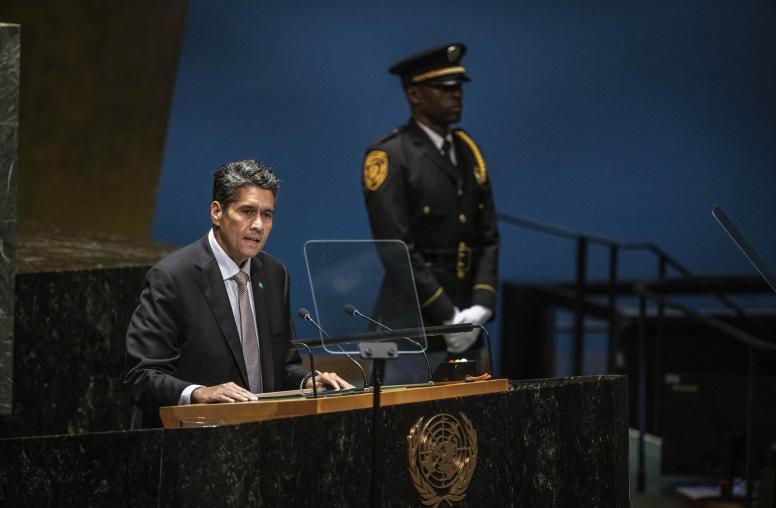China, India and Pakistan: Standing at the Brink of Crisis
A Look at the Final Report from USIP's Senior Study Group on Strategic Stability in Southern Asia
Three nuclear-armed neighbors — China, India and Pakistan — are increasingly locked in tense relations across contested land borders. Southern Asia has a history of major wars and nuclear crises, yet there are fewer safeguards in place to prevent nuclear war than in many of the world’s other potential flash points.
Although U.S. diplomats have helped to avert nuclear escalation in prior crises, changing strategic alignments, fresh cross-border disputes, and the development of new capabilities, doctrines, and threat perceptions all raise concerns over the risk of future escalation — as well as the United States’ ability to avert it.
Motivated by these concerns, last June USIP convened a bipartisan Senior Study Group on Strategic Stability in Southern Asia. Comprised of experts, former policymakers and retired diplomats, the study group was tasked with assessing the risk of nuclear escalation in Southern Asia and formulating new approaches for U.S. policy.
On May 17, study group members discussed their findings and offered priority recommendations for U.S. policymakers working to de-escalate tensions in Southern Asia and establish safeguards against future conflicts. Take part in the discussion on Twitter with #SAsiaStrategicStability.
Speakers
Ambassador George Moose, introduction and moderator
Chair, Board of Directors, U.S. Institute of Peace
Daniel Markey
Senior Advisor, South Asia, U.S. Institute of Peace; Co-Chair, Senior Study Group on Strategic Stability in Southern Asia
Lynn Rusten
Vice President, Global Nuclear Policy Program, Nuclear Threat Initiative; Member, Senior Study Group on Strategic Stability in Southern Asia
Andrew Scobell
Distinguished Fellow, China, U.S. Institute of Peace; Co-Chair, Senior Study Group on Strategic Stability in Southern Asia
Vikram Singh
Senior Advisor, Asia Program, U.S. Institute of Peace; Co-Chair, Senior Study Group on Strategic Stability in Southern Asia
Yun Sun
Senior Fellow and Co-Director, East Asia Program, Stimson Center; Member, Senior Study Group on Strategic Stability in Southern Asia



